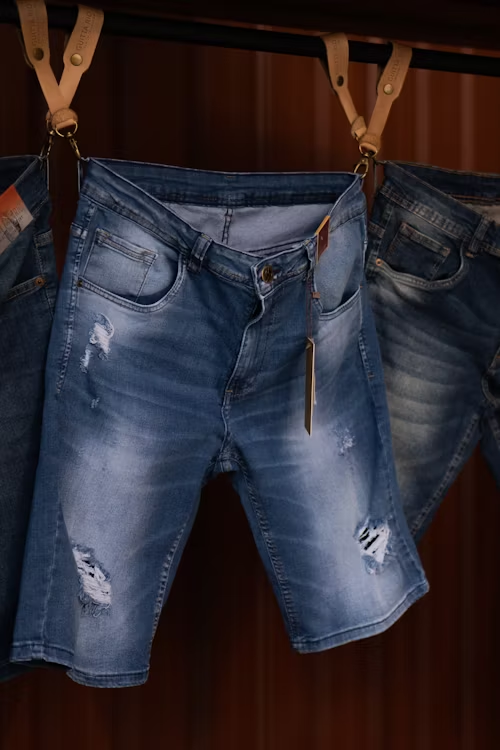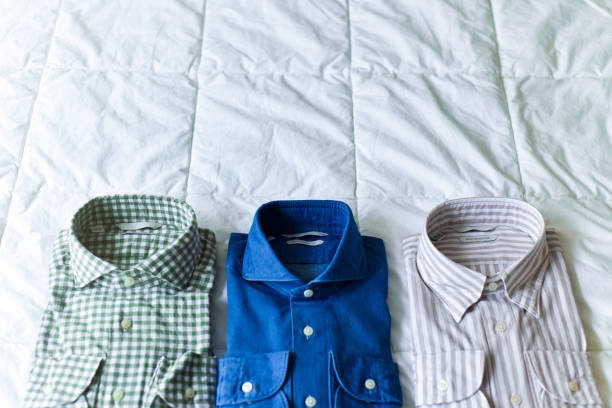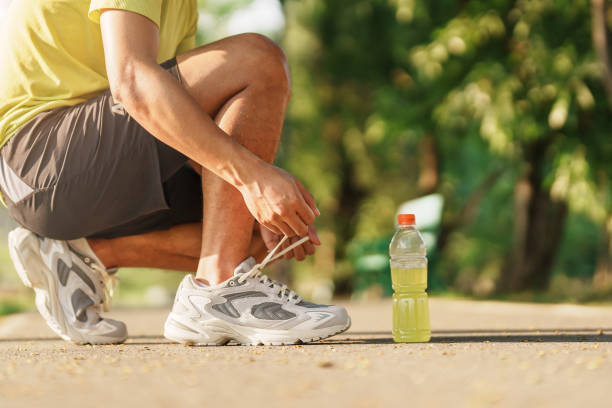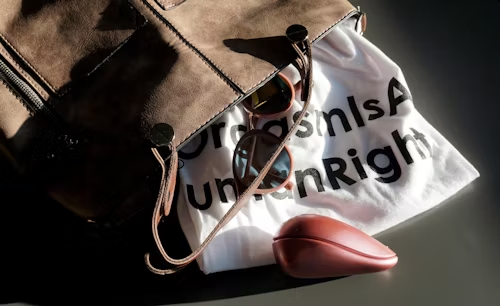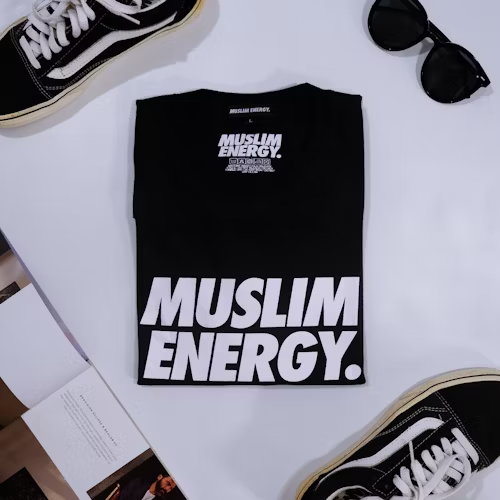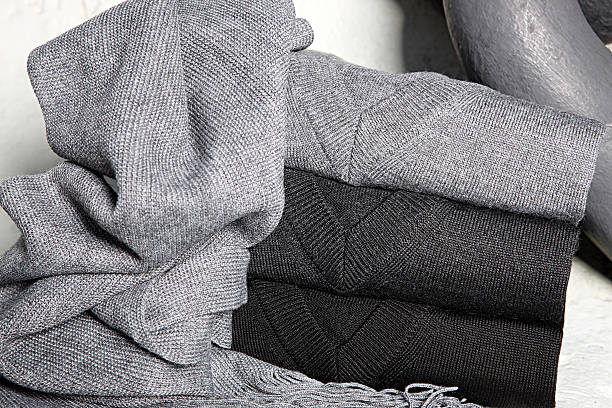Choosing the right supplier is crucial for both startups and large companies. To select a reliable partner but haven’t identified one yet, look at this article. Let’s explore some excellent athletic apparel suppliers together!
1. Yonglee Co., Ltd. (China)
- Introduction: Mainly makes outdoor and sportswear, with factories in Vietnam and Myanmar. Has 55 production lines and 5,000 workers.
- Advantages: Good at smart manufacturing and functional fabrics, and takes small orders too.
- Disadvantages: Relatively small scale; high customer concentration (e.g., VF Group).
- Main Products: Windbreakers, seamless clothing, functional fabrics.
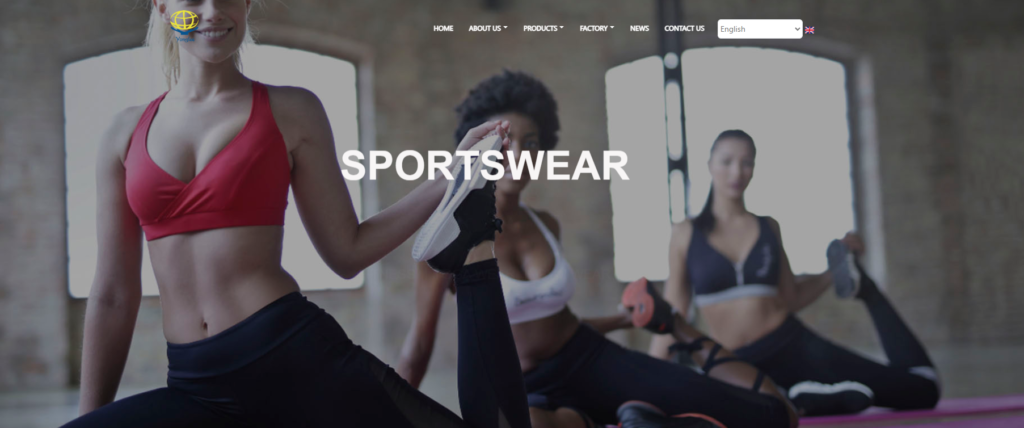
For more information, please visit: Yonglee
2.ceknoclothing Co., Ltd. (China)
- Introduction: CEKNO is a custom clothing manufacturer based in China, with a production base in Vietnam. It provides complete OEM/ODM services from design to production. It focuses on sportswear, casual clothing, and functional fabric development. They take small orders (at least 100 pieces) and focus on quick production and eco-friendly materials.
- Advantages: Flexible customization; quick response; eco-friendly practices; technical edge.
- Disadvantages: High client concentration: Mainly serves small/medium brands and startups, lacking public partnerships with top international brands.
- Main Products: T-shirts, sweatshirts, sweatpants and hoodies.
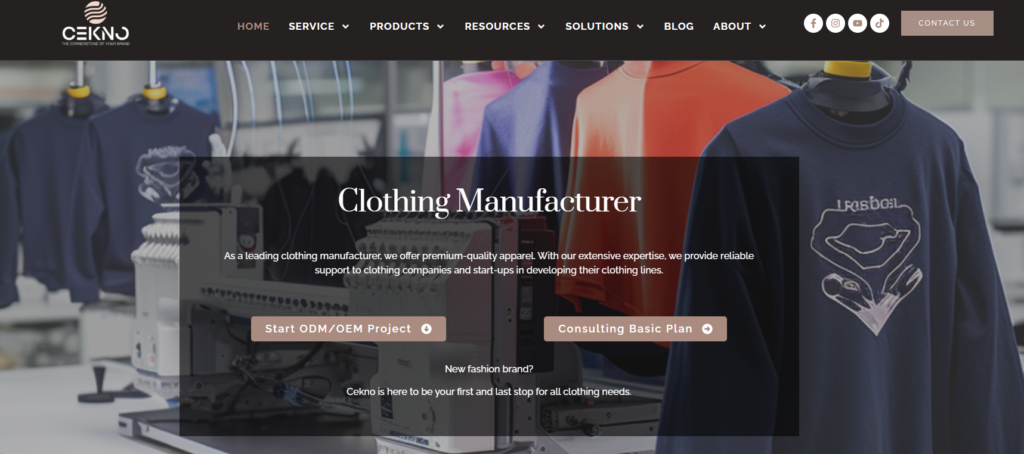
For more information, please visit: ceknoclothing
3. Kfine International Co., Ltd. (China)
- Introduction: Specializes in yoga wear, with a factory in Cambodia (Changzheng Garment Factory). Exports over 10 million pieces annually.
- Advantages: Flexible “small order, fast turnaround” model, suitable for emerging brands.
- Disadvantages: Limited production capacity; relies on low-cost labor in Southeast Asia.
- Main Products: Yoga apparel, sports underwear, customized sportswear.
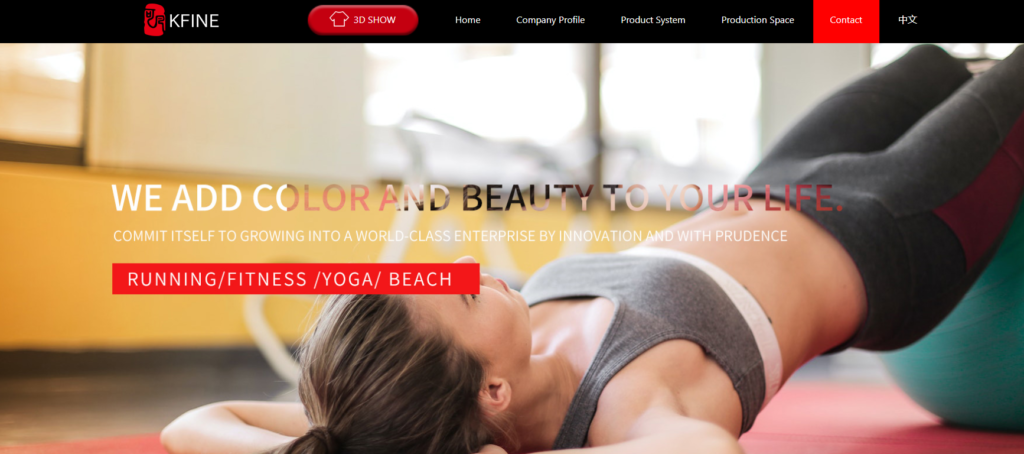
For more information, please visit: Kfine International
4. Vinatex (Vietnam)
- Introduction: Vietnam’s biggest textile group made fabric from recycled coffee grounds, cutting costs by 22%. Orders from Fjällräven tripled in 2022.
- Advantages: Innovates in eco-friendly materials (cooperates with Taiwan’s Singtex on coffee yarn).
- Disadvantages: Limited R&D investment; low penetration in high-end markets.
- Main Products: Windbreakers, functional fabrics, recycled clothing from coffee grounds.
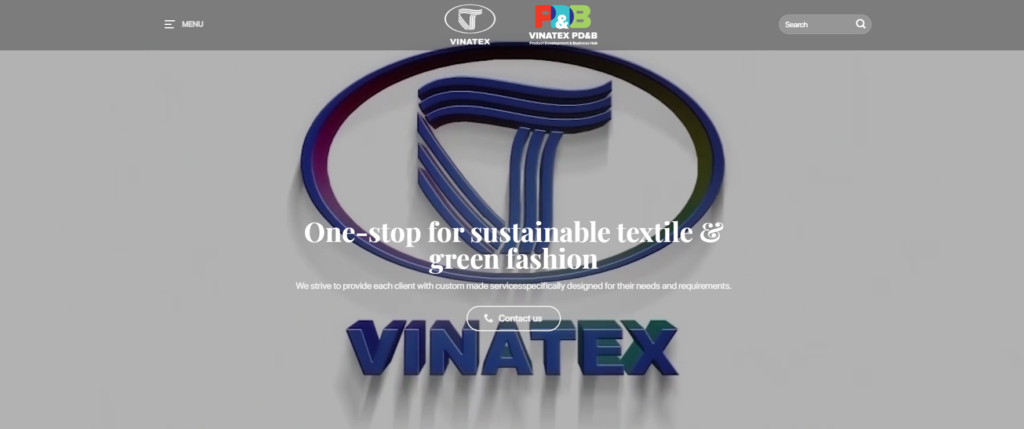
For more information, please visit: Vinatex
5. NICE Group (Thailand)
- Introduction: Thailand’s top clothing exporter has 8 factories in Southeast Asia. It can produce 54 million pieces each year. The company plans to expand this capacity to 115 million by 2026.
- Advantages: Large-scale production; serves top brands like Nike and Adidas.
- Disadvantages: Relies on a few key clients, weak bargaining power.
- Main Products: Sport T-shirts, knitwear, customized sportswear.
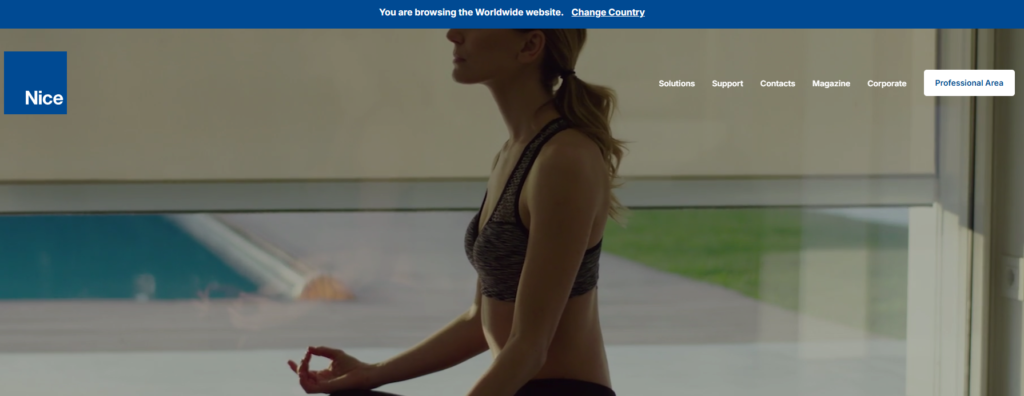
For more information, please visit: NICE Group
6. Thai T-shirt Factory (Thailand)
- Introduction: A custom factory in Bangkok focuses on small orders. It offers one-stop services with eco-friendly fabrics and digital printing.
- Advantages: Flexible customization; fast response, ideal for startup brands.
- Disadvantages: Small scale, unable to handle large orders.
- Main Products: Sport T-shirts, hoodies, boxing gear (e.g., for Fairtex).
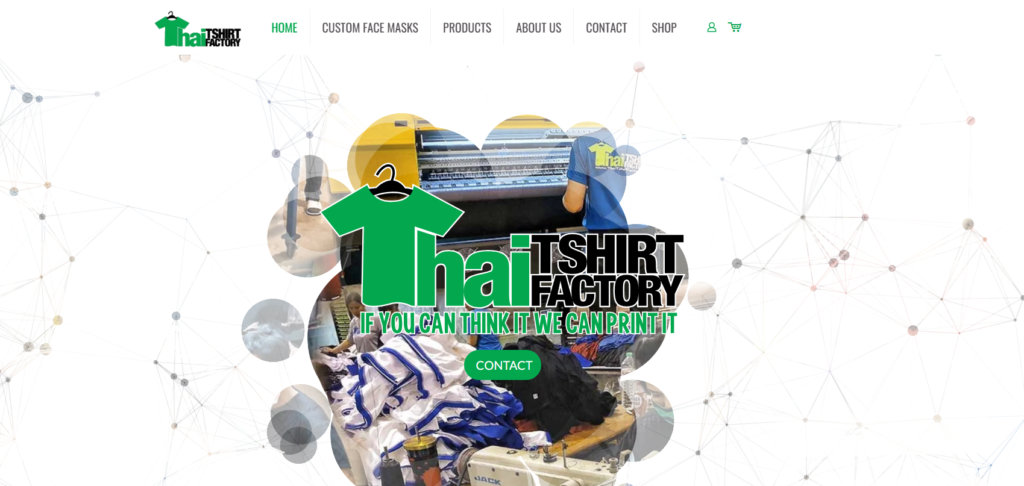
For more information, please visit: Thai T-shirt Factory
7. PCCS GROUP (Hong Kong, China)
- Introduction: Specializes in seamless clothing, with factories in Cambodia (e.g., Wan He Da Manufacturing), covering full processes from embroidery to labeling. Plans to expand to Vietnam.
- Advantages: Full-process service capability, supports complex craftsmanship.
- Disadvantages: Scattered production bases, high management costs.
- Main Products: Seamless sportswear, yoga pants, customized apparel.
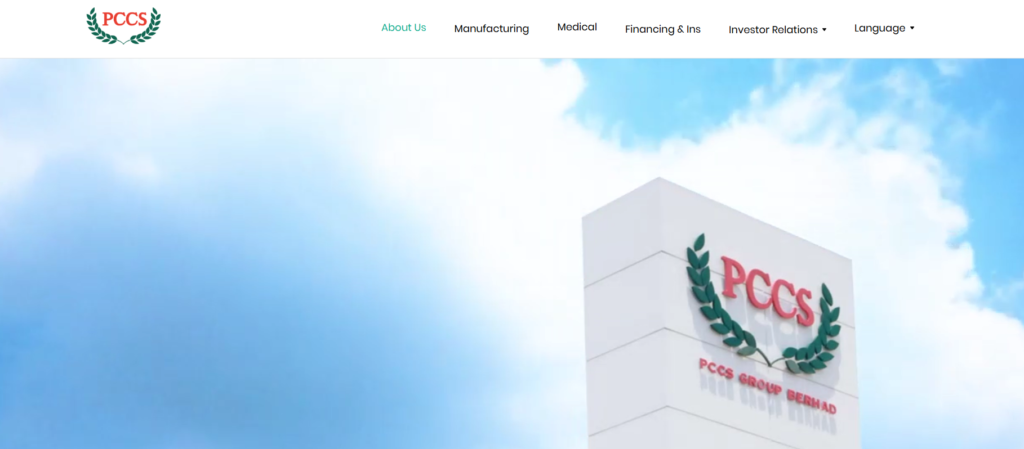
For more information, please visit: PCCS GROUP
8. DBL Group (Bangladesh)
- Introduction: One of Bangladesh’s top 20 garment factories, uses eco-friendly dyes and water-saving technologies. Clients include Puma and Timberland.
- Advantages: Leads in eco-friendly production and has significant cost advantages.
- Disadvantages: Poor infrastructure; labor conditions face controversy.
- Main Products: Sportswear, casual wear, eco-friendly fabrics.
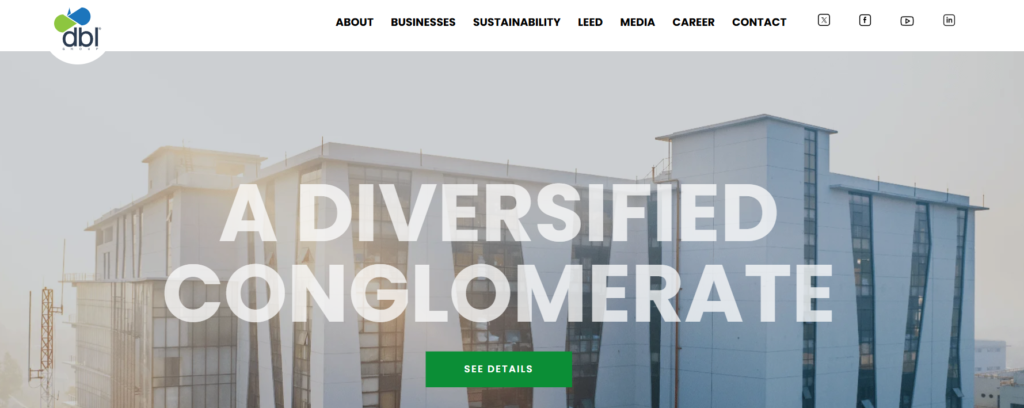
For more information, please visit: DBL Group
9. Pou Chen Group (Taiwan, China)
- Introduction: The world’s largest sportswear OEM, mainly for shoes, with extended business to apparel. Has factories in Vietnam and Indonesia.
- Advantages: Huge scale; deep cooperation with Nike and Adidas.
- Disadvantages: Apparel business has low revenue share; technical barriers weaker than in footwear.
- Main Products: Sportswear shoes, sportswear and accessories.
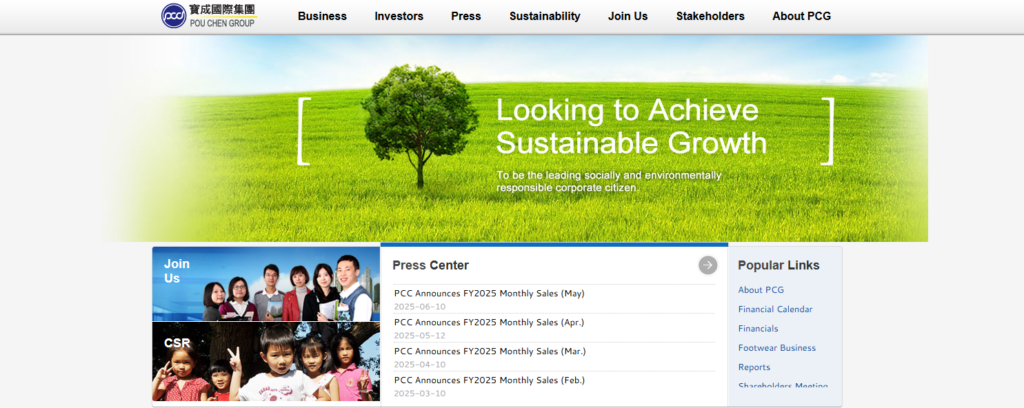
For more information, please visit: Pou Chen Group
10. Yue Yuen (Taiwan, China)
- Introduction: A leading sportswear shoe OEM, with 96% of shoe shipments from Indonesia, Vietnam, and mainland China in 2024. Expanding apparel business.
- Advantages: Wide capacity for production distribution, strong risk resistance.
- Disadvantages: Apparel business is in the initial stage, less competitive.
- Main Products: Sportswear shoes, sportswear.
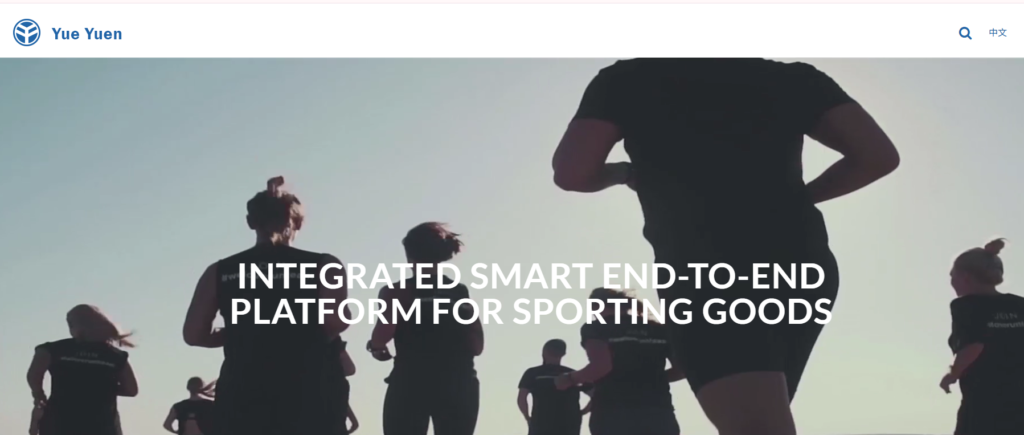
For more information, please visit: Yue Yuen
